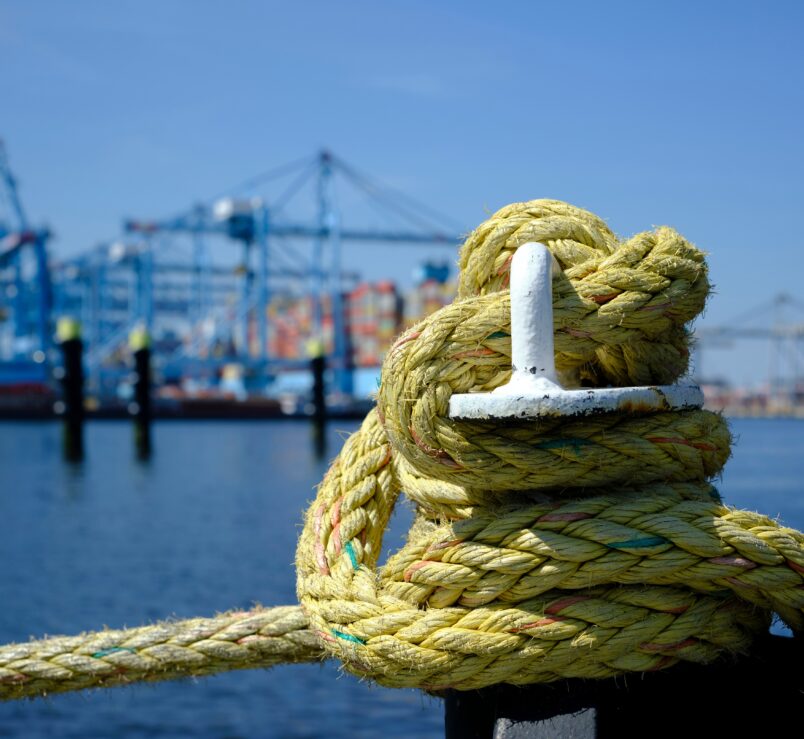Inland shipping
Inland shipping forms an important connection between seaports and destinations in the hinterland. Ships can transport large quantities of goods in a single journey. For example, a 110-metre-long vessel has a cargo capacity of 2,050–3,300 tonnes or 208 TEU. This can replace approximately 90 trucks. In addition, the sector is still considered one of the cleanest modes of transport, relatively speaking.
Although the inland shipping sector is an attractive alternative to road and rail transport, it faces several challenges. We have the knowledge and extensive experience to help you tackle these issues.
- The effects of climate change on the resilience of waterways and the sector
- The impact of changes in the operating schedules of bridges and locks
- Changes in Dutch and European regulations, such as adjustments to crew requirements, the digitalisation of various documents, and rules for access to the European market
- The potential adoption and implementation of smart shipping technologies
- The interaction between inland shipping and recreational boating
- Shipping effects in Delta Programme Freshwater – Delta scenarios update
- Exploration (future) use and design of waterways
- Mooring policy North Sea Canal Area (NZKG)
- Economic effects Smart Shipping
- Support study for market access and market operation of the European inland waterway market
- Quickscan market need for marina Meerstad
- Economic effects of the temporary Juliana Canal blockage

2 July 2025
2 minute read



